How Many Teeth Do Cats Have? Exploring a Feline’s Smile
How many teeth do cats have? Discover the unique dental anatomy of felines and their teeth count, from kittens to adults.
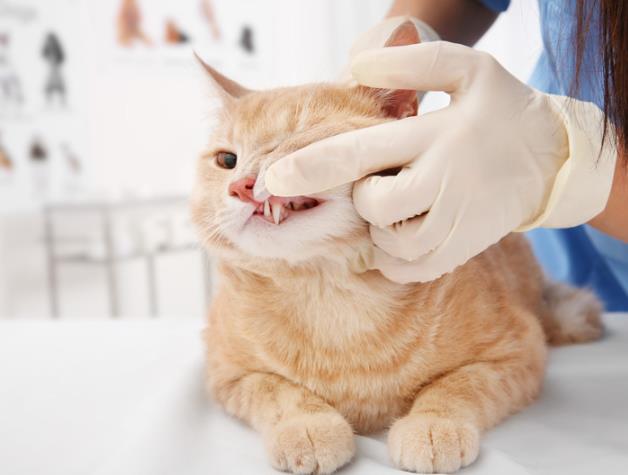
Did you know cats have around 30 permanent teeth on average? That’s close to the amount humans have. Knowing about your cat’s teeth is important for their health. In this guide, we’ll look into how many teeth do cats have, their growth, kinds, and how to take care of them.
Cats are amazing, and their teeth play a big role in their health. It’s key to know how many teeth your cat has. This helps spot and prevent tooth issues.
Our guide will cover everything about cat teeth. This includes keeping your cat’s smile healthy. By learning about your cat’s teeth, you can be a great pet owner and keep your cat happy and well.
Key Takeaways
- Cats have a total of 30 permanent adult teeth, which is only 2 fewer than humans.
- Kittens are born without teeth but develop a set of 26 baby teeth that are eventually replaced by their permanent adult teeth.
- Cat teeth have specialized functions, with incisors for nibbling, canines for tearing, premolars for chewing, and molars for grinding.
- Regular dental check-ups and cleanings are essential for maintaining your cat’s dental health and preventing issues like gingivitis, periodontal disease, and tooth resorption.
- Proper dental care, including brushing and a dental-friendly diet, can help keep your cat’s teeth and gums healthy throughout their life.
Kitten Tooth Development
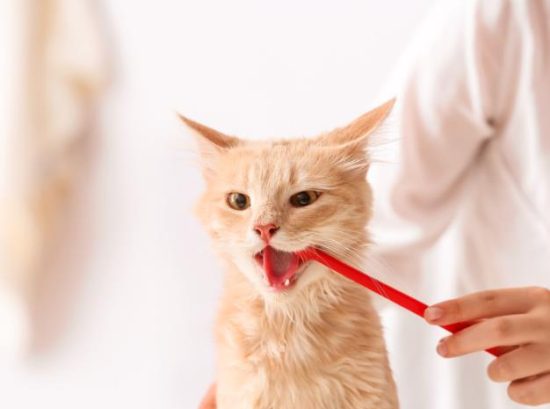
Kittens start off toothless but then grow their first set of teeth at 2-4 weeks old. This first stage of kitten teeth development is very important. It shows they are growing up.
At birth, kittens are toothless, relying on their mother’s milk for nutrition. Their oral development at this stage is key for their early survival. After a few weeks, a kitten’s tiny teeth start to come in. At 6-8 weeks, they have all 26 of their baby teeth. This quick kitten teeth development means they can soon eat solid cat foods.
Between 3 and 6 months, kittens experience teething. They lose baby teeth to make way for adult ones. Kittens might chew more to help their teeth fall out, so giving them safe things to chew on is a big help.
Types of Cat Teeth
Each of a cat’s tooth types has a clear job, reflecting their hunting nature and meat-eating diet. For example, the front incisors are for gentle biting and holding. The canines, also known as fangs, help kill and tear prey. Then, the premolars chew and shred food. And, finally, the back molars grind down and crush harder items, like bones.
| Tooth Type | Number | Function |
|---|---|---|
| Incisors | 12 | Nibbling and gripping |
| Canines | 4 | Killing and tearing prey |
| Premolars | 10 | Chewing and breaking down food |
| Molars | 4 | Grinding and crushing harder food items |
Feline Dental Extractions
Sometimes, cat tooth extractions are needed because of serious dental problems or illnesses. Cats might have feline dental surgery to stop pain, halt infections, or deal with issues like resorptive lesions. If your vet suggests a dental extraction for your cat, it’s very important to do what they say for healing your cat well.
Bad teeth can be very painful for cats. They might need a cat tooth extraction if they have severe gum disease, broken teeth, or if their teeth are wearing away. Solving these problems can make your cat much healthier and happier.
After feline dental surgery, your vet will tell you how to take care of your cat. They will give advice on how to deal with pain, help them heal, and avoid any trouble. It’s crucial to follow these steps for your cat to recover well and stay healthy.
Causes of Tooth Loss
Cat teeth can fall out for many reasons. These include dental disease, trauma, or being born with congenital abnormalities. It’s important to watch your cat for changes in behavior and eating. This could show they’re in pain from dental problems. Periodontal disease is a big reason behind cat tooth loss. It’s a gum disease that damages teeth and their support. Another common cause is a fall or fight, which can break or knock out teeth. Some cats also have natural conditions that make them lose teeth early.
Importance of Veterinary Check-ups
Seeing the vet regularly is key to detect dental problems early. This lowers the chances of tooth loss or needing teeth pulled. Your vet will check your cat’s teeth closely and offer solutions to keep their mouth healthy.
Keeping an eye out for dental issues and acting fast will keep your cat’s smile healthy and pain-free. This way, they can steer clear of the problems that come with tooth loss.
How Many Teeth Do Cats Have?
Understanding your cat’s dental makeup is key. They go from having baby teeth to adult teeth. Each set plays a vital role in their health. Kittens start with no teeth. They soon get 26 baby teeth, including incisors, canines, and premolars. These “milk teeth” help them eat solid food and play a big part in their growth.
As cats grow up, their baby teeth fall out to make room for 30 permanent teeth. This includes incisors, canines, premolars, and molars. They end up with nearly the same number of teeth as humans.
Feline Dental Anatomy
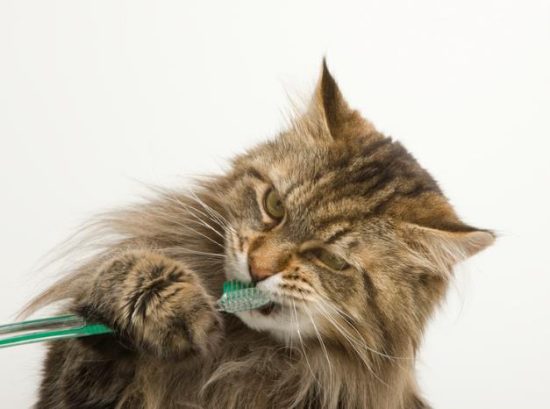
Cats have a special dental setup for their meat-eating diet and hunting. Different types of teeth have different jobs in a cat’s mouth. This helps them eat and hunt effectively.
At the front, cats have incisors. They’re small and sharp for biting and holding. These teeth help cats catch prey and keep themselves clean. Then come the canines, known as “fangs.” They’re long and pointed beside the incisors. These are key for cat dental anatomy, used to kill and tear prey. Further back, premolars have rough edges. Cats use these to chew food into smaller bits. This makes it easier for them to eat their meat-only meals. At the back, molars handle harder items like bones. They grind and crush food. These functions of cat teeth help cats get all the nutrients from what they eat.
Common Dental Conditions in Cats
Our cats can face many dental issues needing our care. It’s important to know about these to keep their teeth healthy. This way, we can catch problems early and care for them before they worsen.
Gingivitis
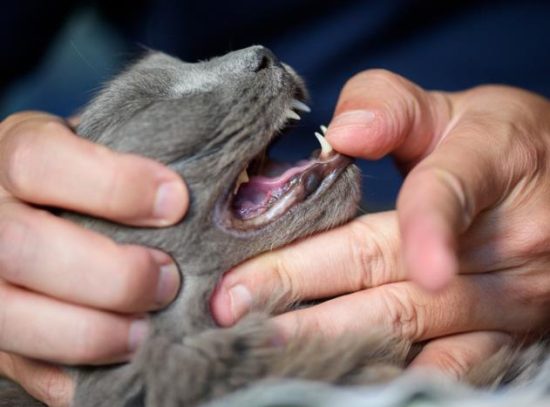
Gingivitis is the inflammation of the gums and is one of the earliest signs of dental disease in cats. It is typically caused by the accumulation of plaque and tartar on the teeth, which leads to bacterial infection. Symptoms include red, swollen gums that may bleed easily, and discomfort when the cat eats or has its mouth touched. If left untreated, gingivitis can progress to more severe dental issues such as periodontal disease.
Periodontal Disease
Periodontal disease is a more advanced stage of gum disease that affects not only the gums but also the structures supporting the teeth, including the periodontal ligament and alveolar bone. It begins with gingivitis and progresses as plaque and tartar spread below the gumline, causing chronic inflammation and infection. This can lead to tooth loss, severe pain, and systemic health problems, as bacteria from the mouth can enter the bloodstream and affect other organs.
Tooth Resorption
Tooth resorption is a painful condition where the body begins to break down and absorb the tooth structures. This can affect one or multiple teeth and often starts at the tooth root, progressing to visible parts of the tooth. The exact cause is unknown, but it is common in cats, affecting up to 60% of the feline population. Symptoms include difficulty eating, drooling, and visible lesions on the teeth. Treatment typically involves extraction of the affected teeth to alleviate pain.
Bad Breath (Halitosis)
Bad breath, or halitosis, in cats is often a sign of underlying dental issues. While occasional bad breath can be normal, persistent foul odor is usually indicative of dental diseases such as gingivitis, periodontal disease, or tooth resorption. It can also result from oral infections or systemic health problems like kidney disease. Addressing halitosis involves identifying and treating the underlying cause, which may include professional dental cleaning, tooth extractions, or improved dental hygiene practices.
Knowing these common dental problems allows us to keep our cats healthy. We work with vets to ensure our cat’s teeth and gums are well taken care of.
Signs of Dental Issues in Cats
Cats often hide their pain well, which can make spotting symptoms of dental problems in cats tough. But, there are signs to look for. If you notice behavior or appetite changes, it might mean your cat has a tooth problem. It’s vital to stay alert and quickly consult your vet about any possible dental issues. This is key to keeping your kitty happy and healthy.
| Potential Signs of Dental Problems in Cats | Description |
|---|---|
| Decreased Appetite | Your cat may be reluctant to eat or show less enthusiasm for their meals due to dental pain or discomfort. |
| Excessive Drooling | Excessive salivation can be a sign of dental inflammation or infection. |
| Bad Breath (Halitosis) | Persistent bad breath may indicate the presence of dental disease or infection. |
| Difficulty Chewing | Your cat may have trouble chewing their food or prefer softer, easier-to-eat options. |
| Pawing at the Face | Your cat may paw at their face or mouth, indicating discomfort or pain. |
| Visible Plaque or Tartar Buildup | Excessive plaque or tartar accumulation on your cat’s teeth can be a sign of poor dental health. |
| Reddened or Inflamed Gums | Gingivitis or other gum irritation may cause your cat’s gums to appear red and inflamed. |
If you spot signs your cat has a tooth issue like those listed, act fast. Schedule a vet visit right away. The vet will check your cat’s teeth thoroughly, find the problem, and start the best treatment. This will help fix the symptoms of dental problems in cats and get your cat’s mouth healthy again.
Importance of Feline Dental Care
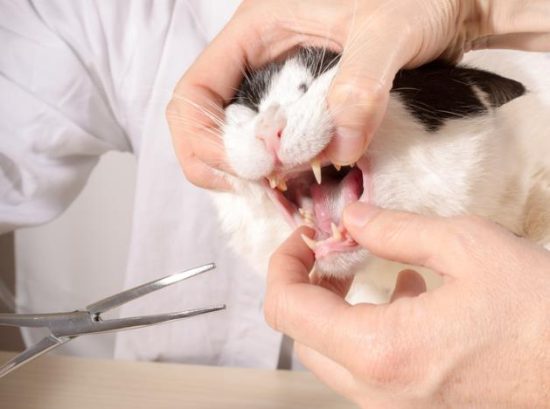
Caring for your cat’s dental health is key to being a good pet owner. Knowing about your cat’s teeth can help prevent issues. Issues like feline dental extractions and cat tooth loss are important to know about. Proactive dental care can stop dental problems from getting worse, which is crucial for your cat’s health and quality of life.
Keeping your cat’s mouth healthy has many perks. It avoids soreness found in gum diseases. These include gingivitis, periodontal disease, and tooth resorption. Healthy teeth and gums can prevent the need for feline dental extractions. It also reduces the chance of tooth loss. Good dental care keeps your cat eating well and free from halitosis.
Looking after your cat’s teeth makes them feel and look good. Teeth problems can make your cat unhappy and change how they act. Your cat might stop grooming, move less, or be grumpy at meal times. Giving them exceptional cat dental care means your pet can enjoy life more. They will be happier with friends and family, including you.
Why is cat dental care important really matters. It impacts all of your cat’s health, joy, and well-being. By caring for their teeth, you keep your cat smiling. You make sure they stay healthy and happy with your family for a long time.





